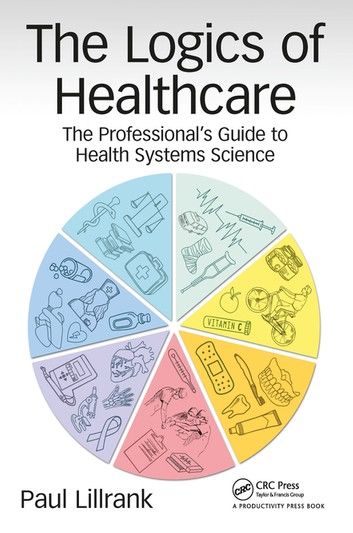| FindBook |
有 1 項符合
The Logics of Healthcare的圖書 |
 |
The Logics of Healthcare 作者:Paul Lillrank 出版社:Taylor & Francis 出版日期:2018-01-03 語言:英文 |
| 圖書館借閱 |
| 國家圖書館 | 全國圖書書目資訊網 | 國立公共資訊圖書館 | 電子書服務平台 | MetaCat 跨館整合查詢 |
| 臺北市立圖書館 | 新北市立圖書館 | 基隆市公共圖書館 | 桃園市立圖書館 | 新竹縣公共圖書館 |
| 苗栗縣立圖書館 | 臺中市立圖書館 | 彰化縣公共圖書館 | 南投縣文化局 | 雲林縣公共圖書館 |
| 嘉義縣圖書館 | 臺南市立圖書館 | 高雄市立圖書館 | 屏東縣公共圖書館 | 宜蘭縣公共圖書館 |
| 花蓮縣文化局 | 臺東縣文化處 |
|
|
Most of the current literature on healthcare operations management is focused on importing principles and methods from manufacturing. The evidence of success is scattered and nowhere near what has been achieved in other industries. This book develops the idea that the logic of production, and production systems in healthcare is significantly different. A line of thing that acknowledges the ingenious characteristics of health service production is developed.
This book builds on a managerial segmentation of healthcare based on fundamental demand-supply constellations. Demand can be classified with the variables urgency, severity, and randomness. Supply is constrained by medical technology (accuracy of diagnostics, efficacy of therapies), patient health behavior (co-creation of health), and resource availability. Out of this emerge seven demand-supply-based operational types (DSO): prevention, emergencies, one-visit, electives, cure, care, and projects. Each of these have distinct managerial characteristics, such as time-perspective, level of co-creation, value proposition, revenue structure, productivity and other key performance indicators (KPI).
The DSOs can be envisioned as platforms upon which clinical modules are attached. For example, any Emergency Department (ED) must be managed to deal with prioritization, time-windows, agitated patients, the necessity to save and stabilize, and variability in demand. Specific clinical assets and skill-sets are required for, say, massive trauma, strokes, cardiac events, or poisoning. While representing different specialties of clinical medicine they, when applied in the emergency – context, must conform to the demand-supply-based operating logic.
A basic assumption in this book is that the perceived complexity of healthcare arises from the conflicting demands of the DSO and the clinical realms. The seven DSOs can neatly be juxtaposed on the much-used Business Model Canvas (BMC), which postulates the business model elements as value proposition; customer segments, channels and relations; key activities, resources and partners; the cost structure; and the revenue model.
|











